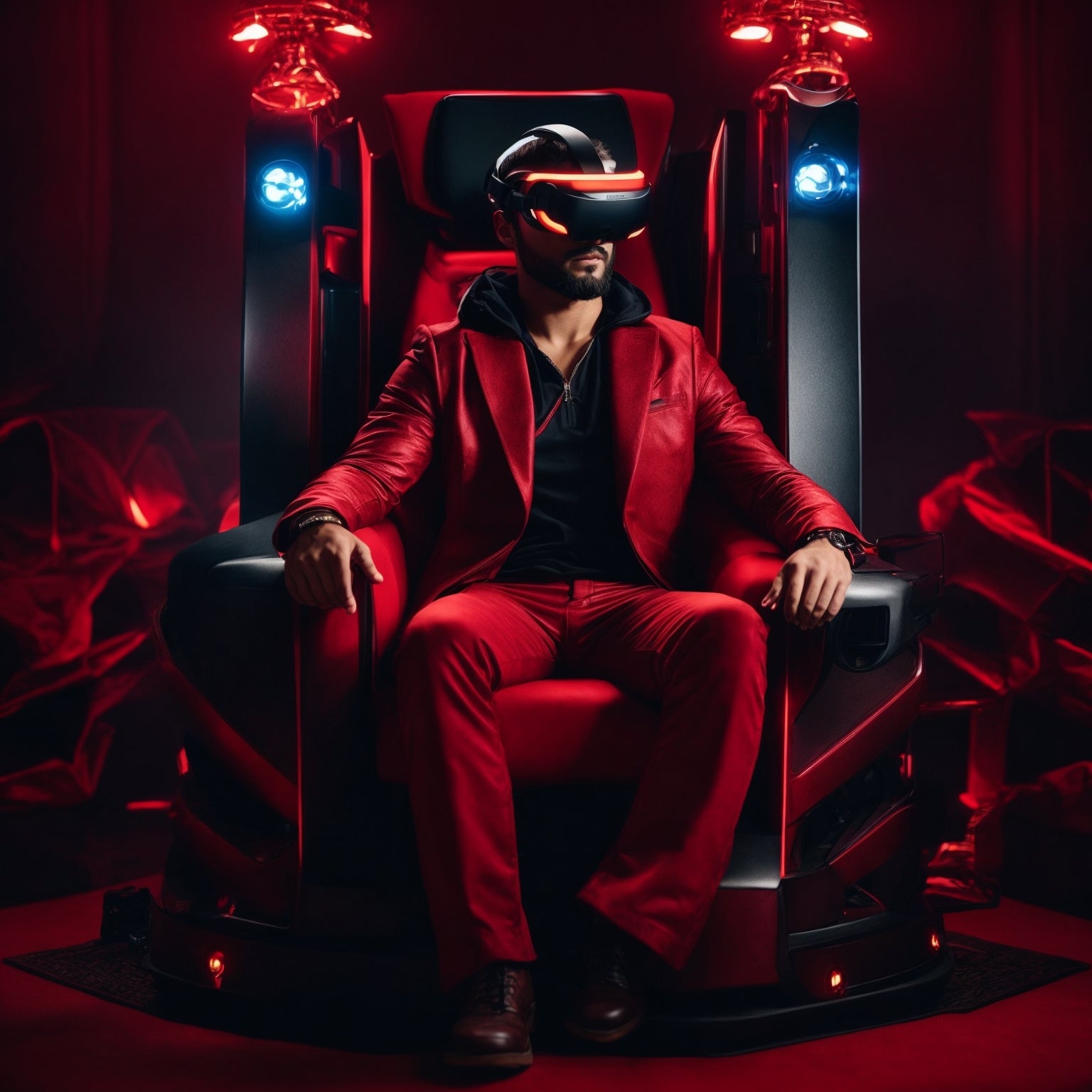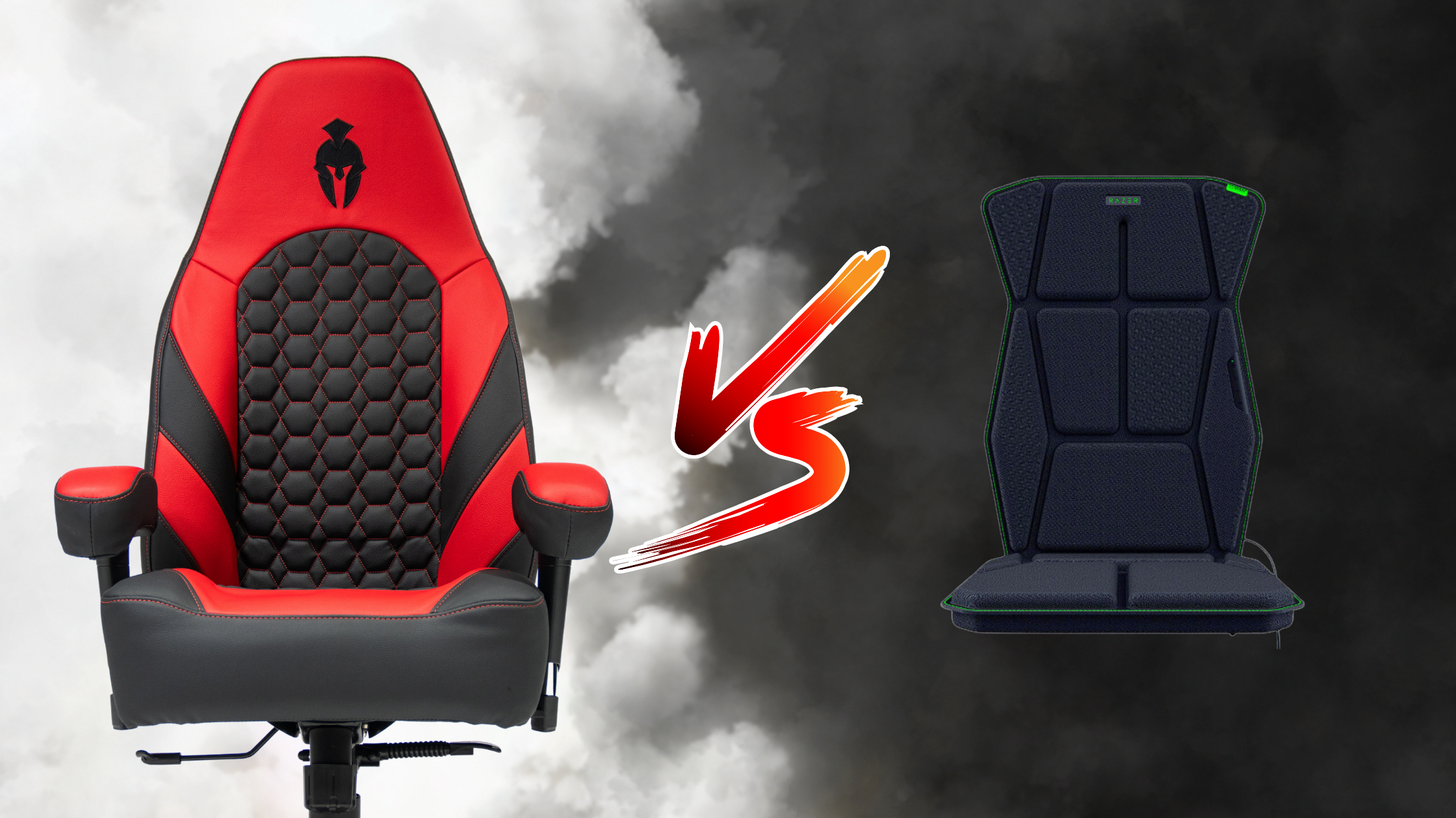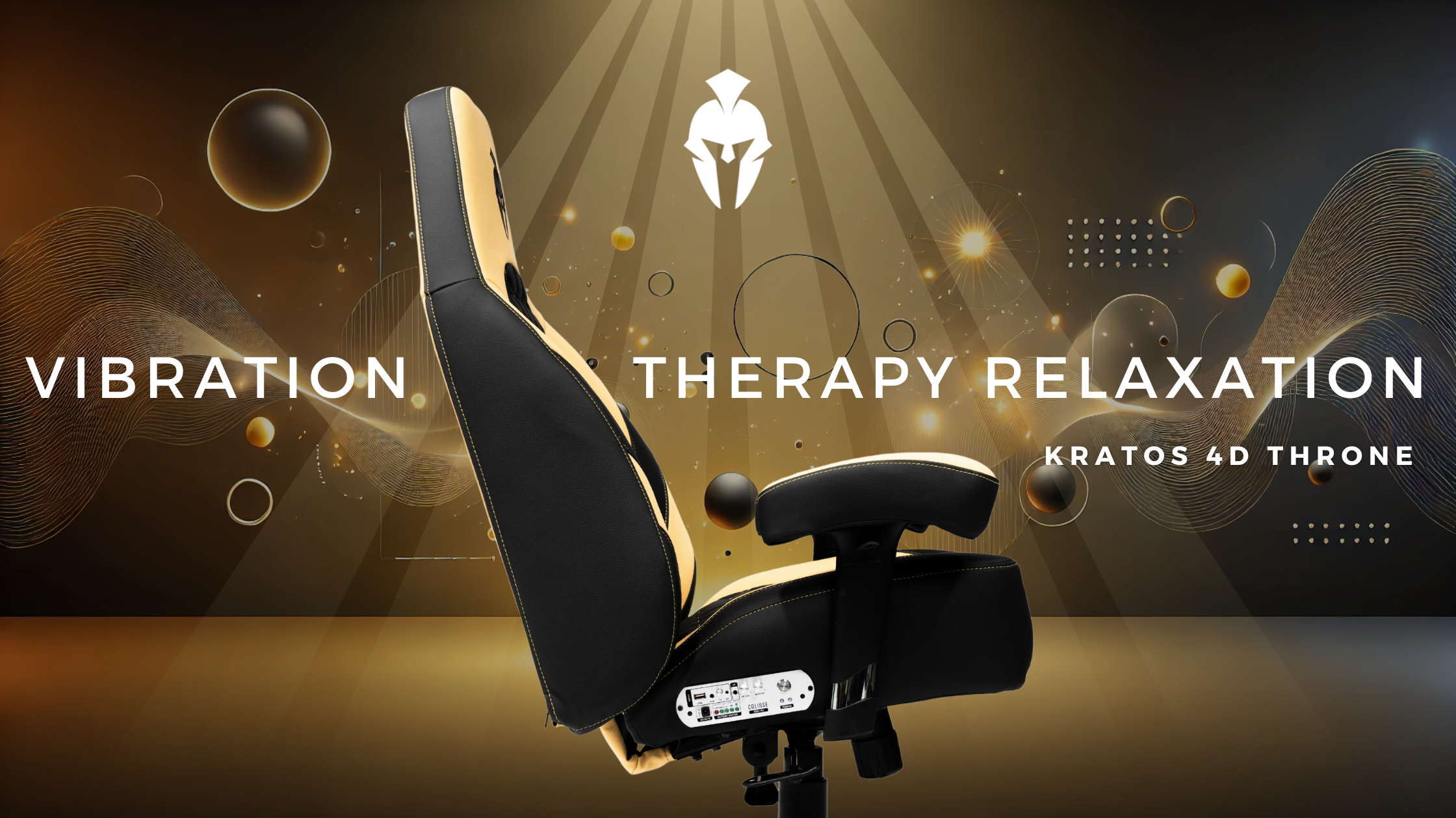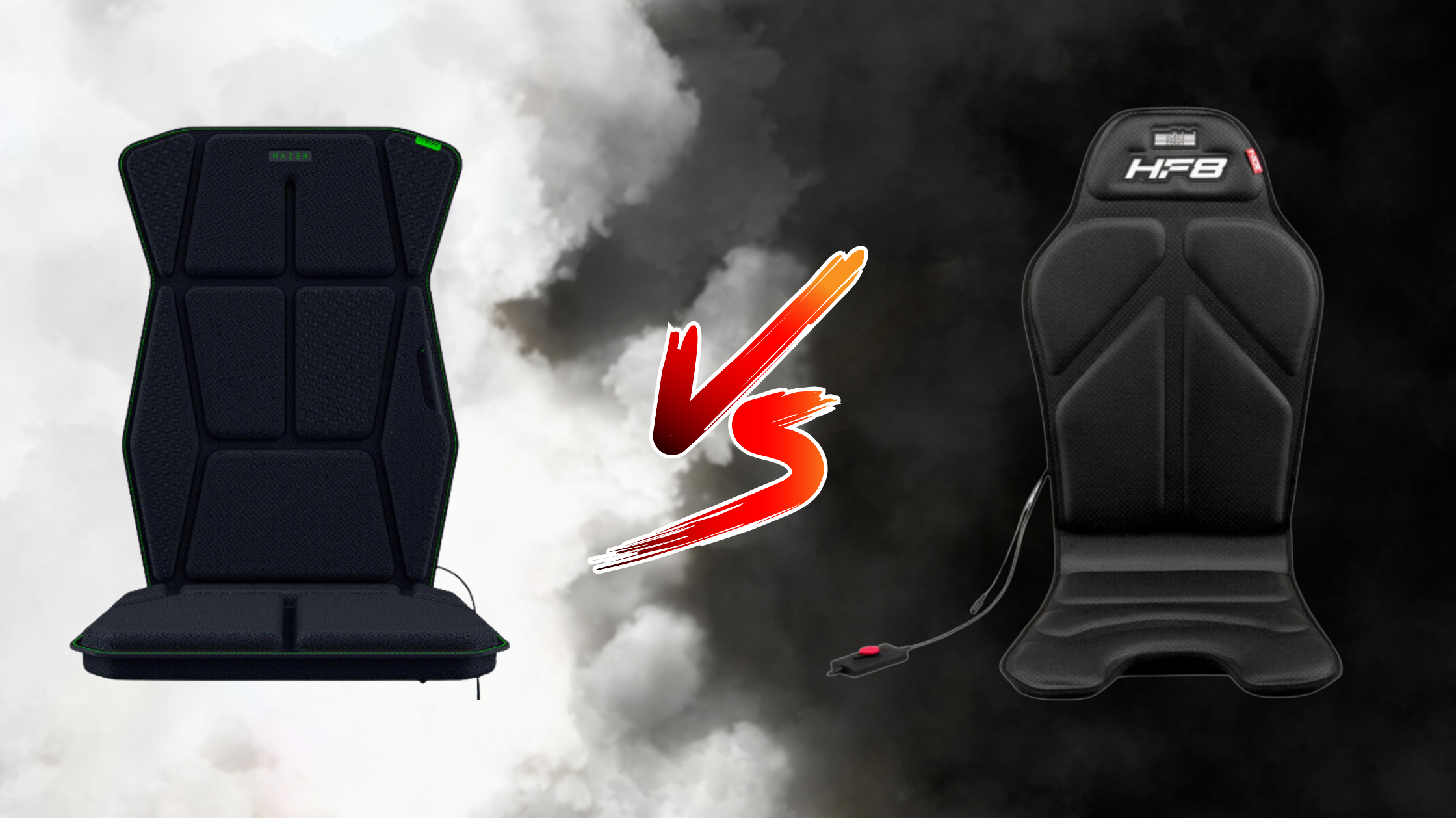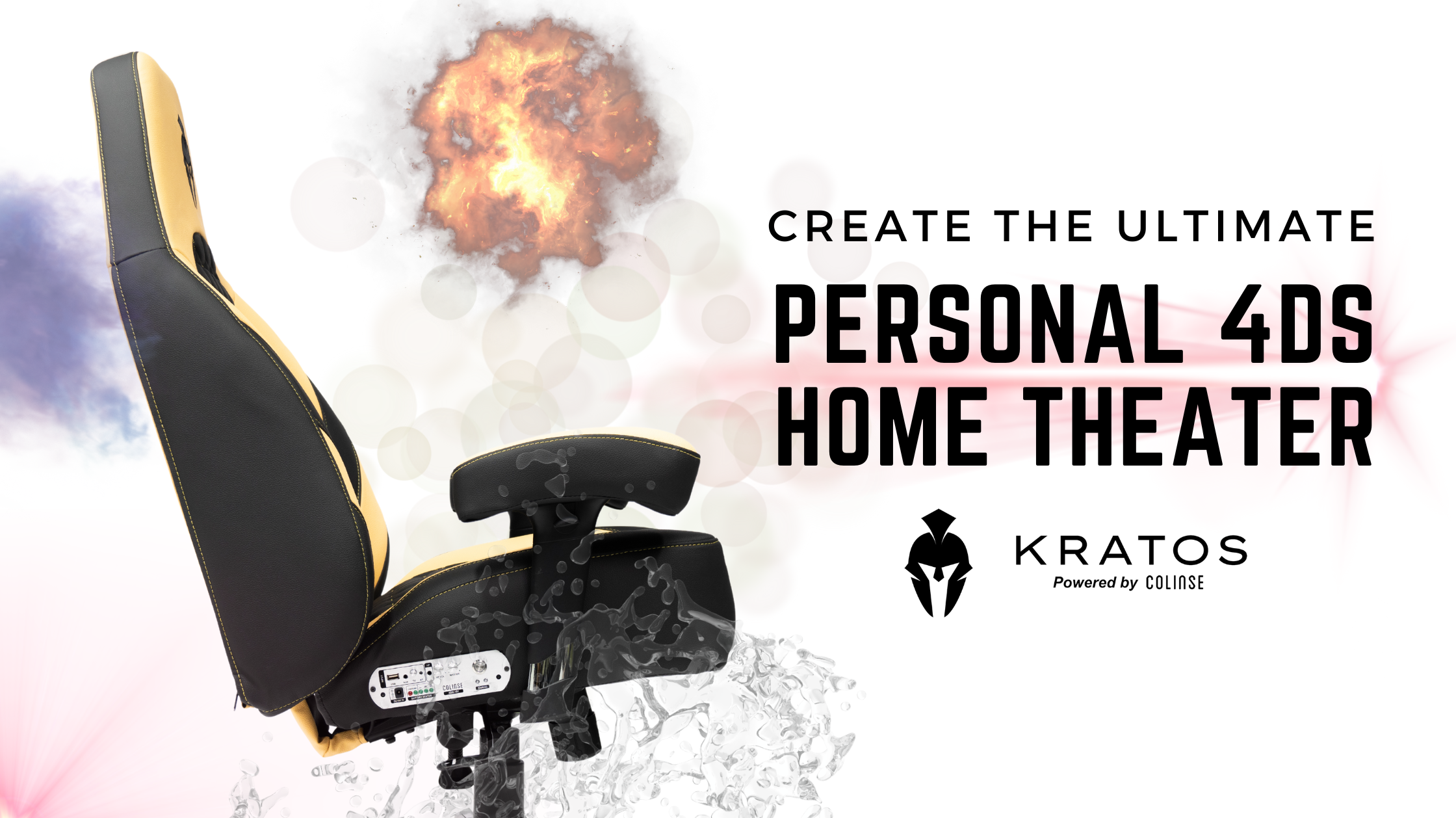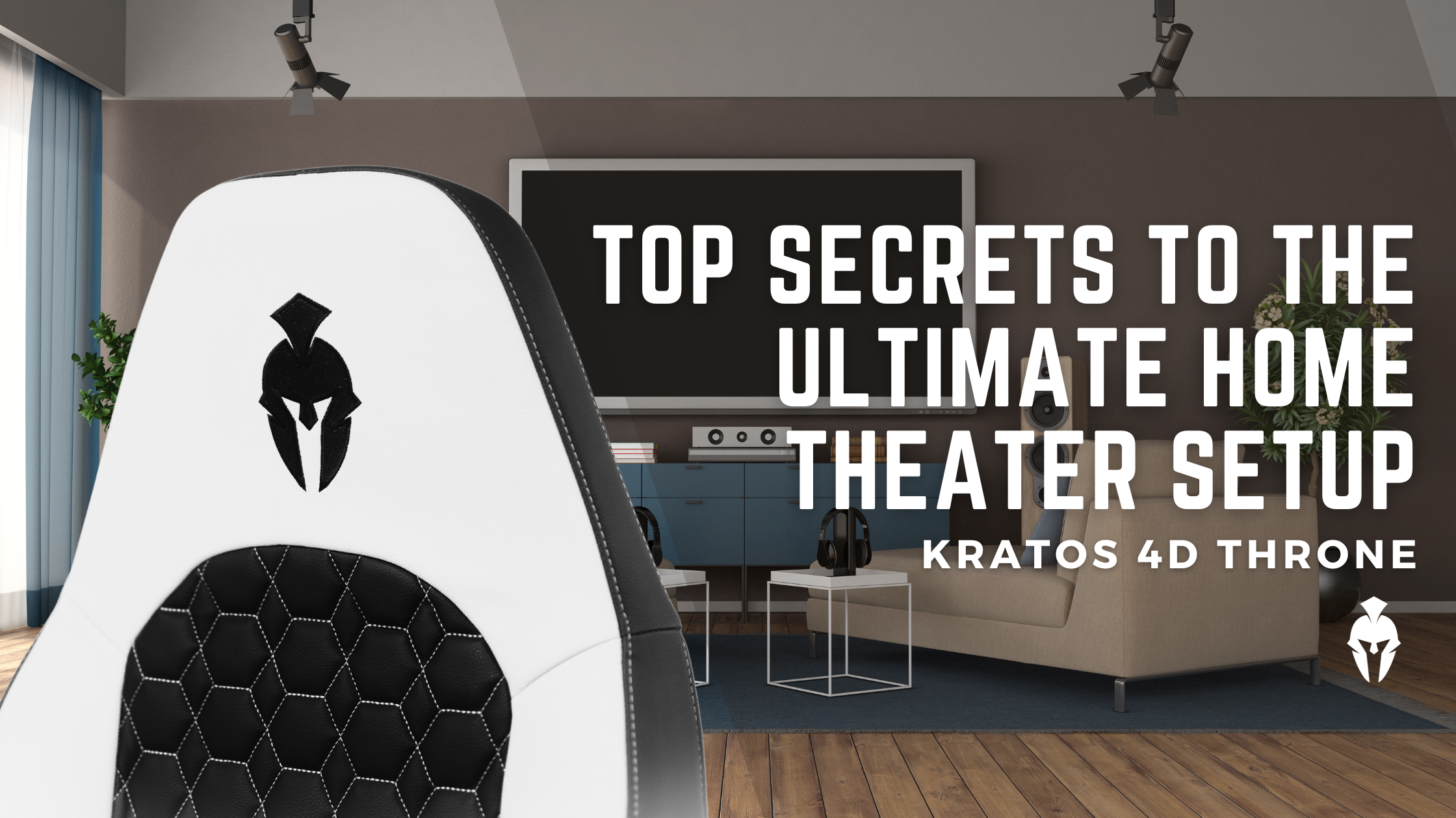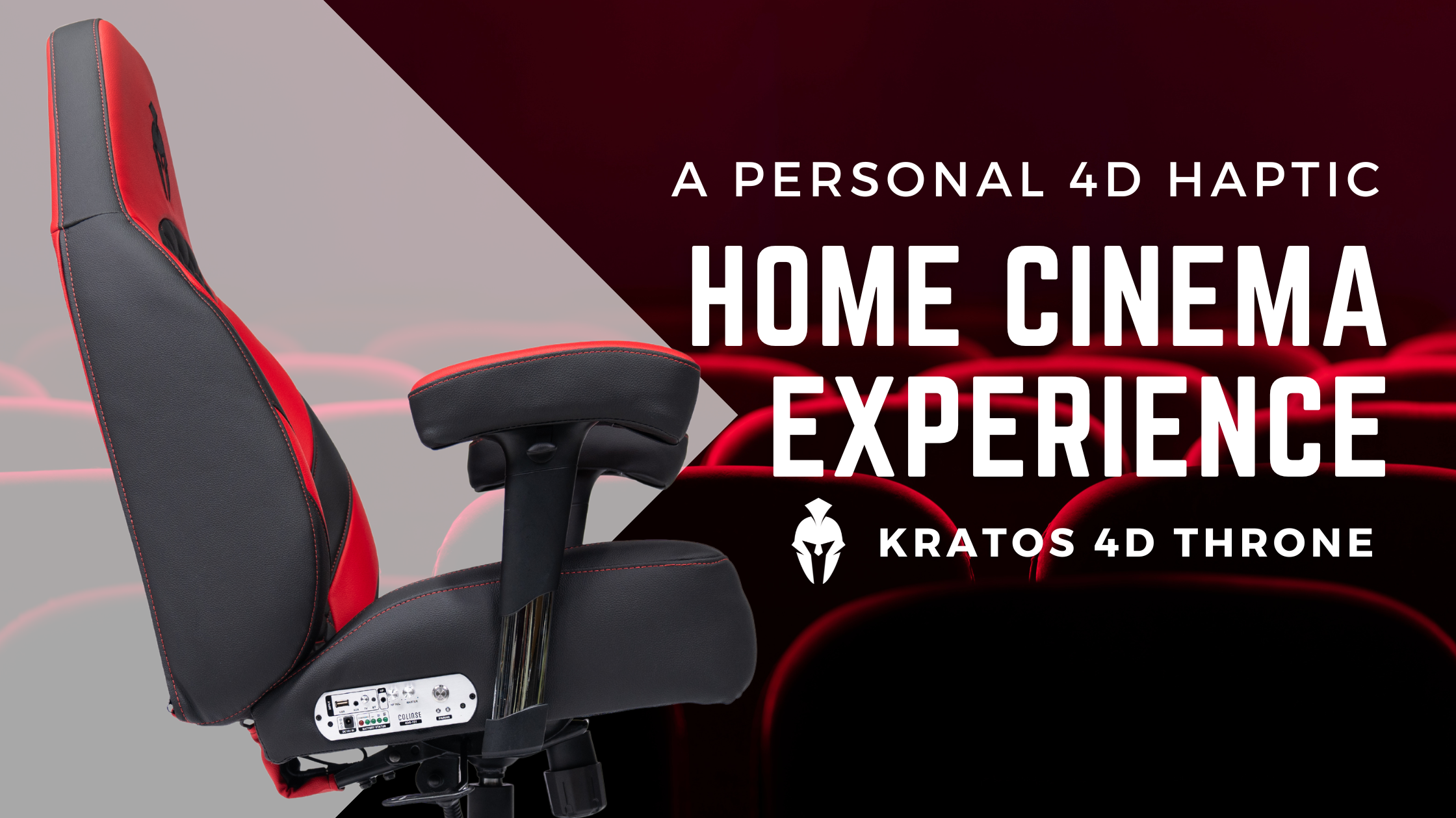Enhancing Virtual Reality with Haptic Feedback
Virtual Reality (VR) has revolutionized the way we experience digital content. By immersing users in a virtual world, VR has the power to transport us to places we could only dream of. However, to truly enhance the VR experience, developers have turned to haptic feedback.
The Power of Haptic Feedback
Haptic feedback refers to the sense of touch in the virtual world. By using tactile sensations, such as vibrations, forces, and motions, haptic feedback adds a new dimension to VR. It allows users to feel and interact with virtual objects, making the experience more realistic and engaging.
Applications of Haptic Feedback in VR
The applications of haptic feedback in VR are vast and varied. Let's explore some of the ways haptic feedback is being utilized:
- Gaming: Haptic feedback in gaming allows players to feel the impact of actions. Whether it's the recoil of a gun or the rumble of a racing car, haptic feedback enhances the immersion and realism of gameplay.
- Training and Simulation: VR is increasingly being used for training purposes. By incorporating haptic feedback, trainees can experience realistic scenarios and receive tactile cues, improving the effectiveness of the training.
- Medical and Rehabilitation: Haptic feedback is playing a crucial role in medical applications of VR. Surgeons can practice complex procedures with realistic feedback, and patients can undergo virtual rehabilitation exercises with precise haptic guidance.
- Education and Virtual Tours: With haptic feedback, students can touch and feel objects in a virtual environment, enhancing their learning experience. Virtual tours become more immersive as users can experience the texture and weight of objects.
The Future of VR and Haptic Feedback
As VR technology continues to advance, so does the potential for haptic feedback. Developers are constantly exploring new ways to replicate the sense of touch and create more realistic experiences. The future holds exciting possibilities, such as full-body haptic suits and advanced tactile sensations.
With the combination of VR and haptic feedback, the boundaries of digital experiences are pushed further, bringing us closer to a truly immersive and sensory-rich virtual world.

